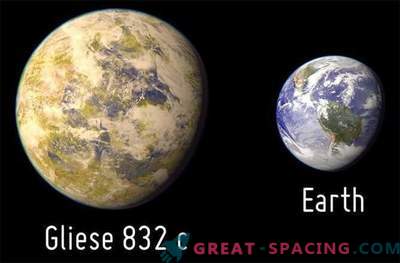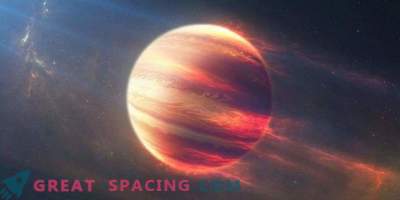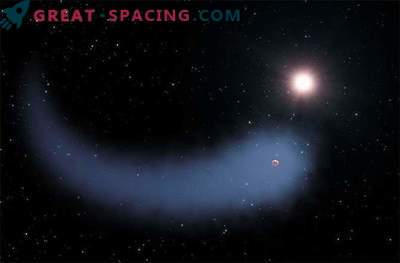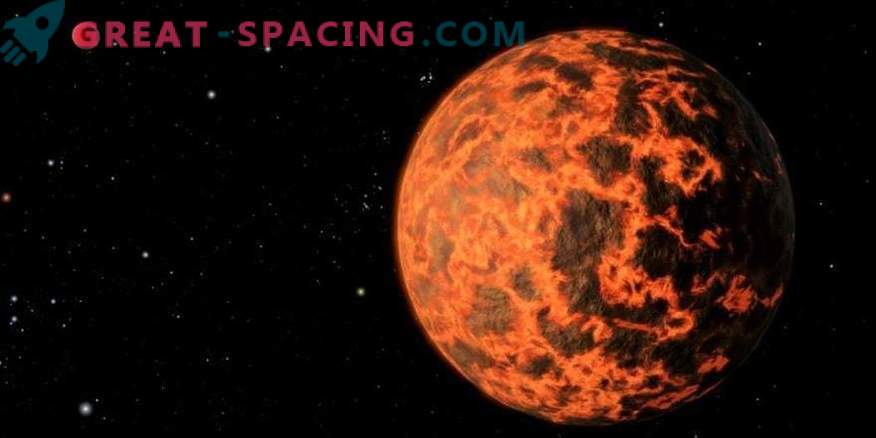
Some exoplanets do not fit into the model of the solar system. However, it is sometimes possible to find worlds that amaze with their unusual characteristics. Today we will meet with Glize 436 b, which is called the hot ice planet.
For the first time, this world was noticed in 2004 using Doppler spectroscopy, and the discovery was confirmed using the transit method (the planet passes in front of a star and blocks its light). Gliese 436 b rotates around a red dwarf, removed from us by 33 light years. You need to look in the direction of the constellation Leo.
The parameters of the world resembles Neptune. Gliese 436 b is 22.2 times more massive than the Earth, and 4.3 times more radial than the Earth's. Spinning around a native star spends 2.64 days at a distance of 4 million km.
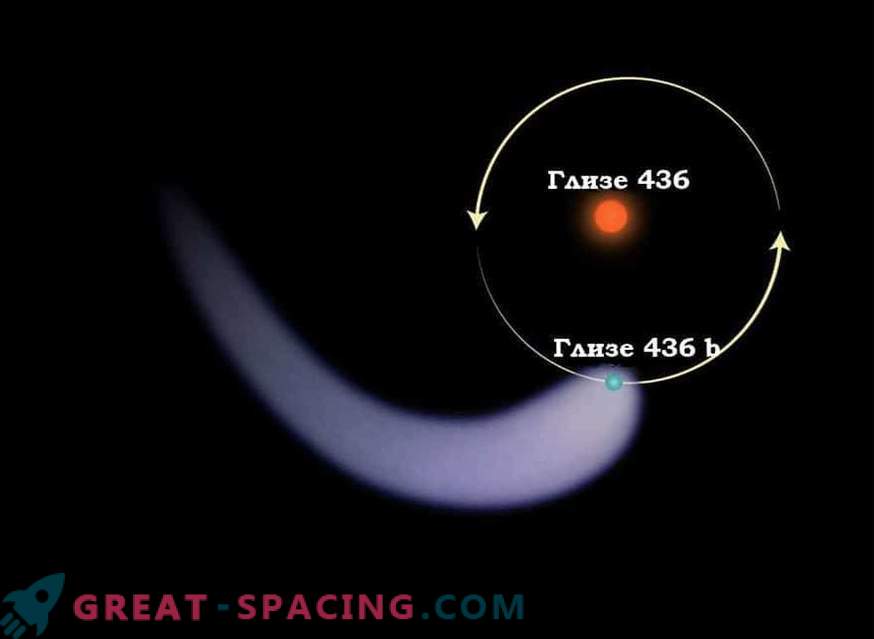
Gliese Orbit 436 b
Due to the proximity to the native star, the temperature mark on the surface of the planet reaches about 439 ° C. Further, the planet surprises with its characteristics. In 2007, scientists reported that a large part of Gliese 436 b is represented by water. And on the topmost layer it can be a thin hydrogen shell.
If you go deeper, you will find water in an exotic state that Earth scientists can obtain only in laboratory conditions - hot ice (ice-VII and ice-X). It is created at an incredibly high pressure ratio and is able to be hard at high temperatures.
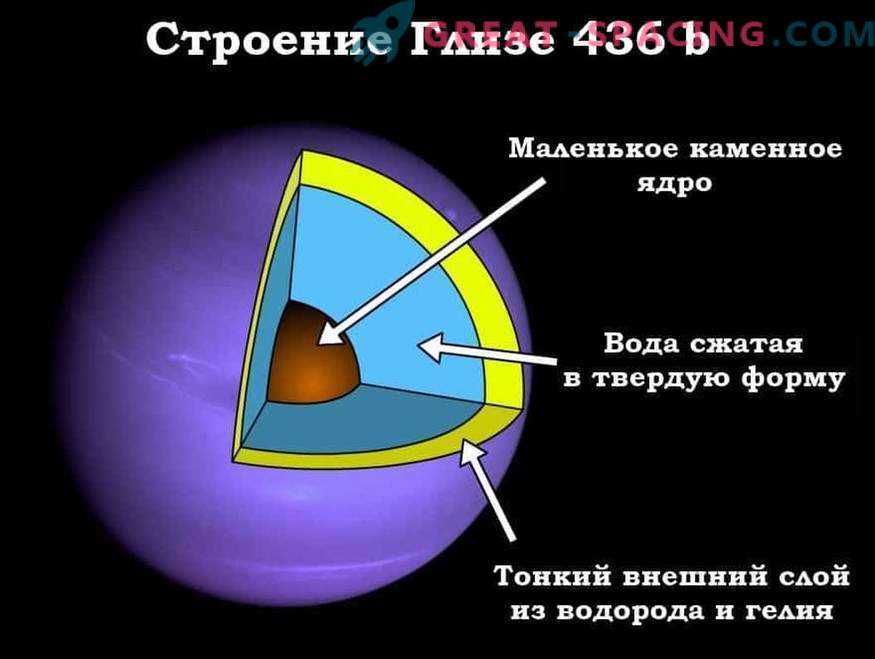
Internal structure of Gliese 436 b
Yes, it sounds weird, but it is. You would not be able to touch the hot ice, because it will burn your fingers. This substance is denser than ordinary ice and sinks in water (cold ice floats on the surface). It is believed that the planet was formed further from the current location. Most likely, it was a gas giant that migrated closer with the rest of the giants. When approaching the star was supposed to blow off the hydrogen layer. Some believe that Gliese 436 b may be super-earths.
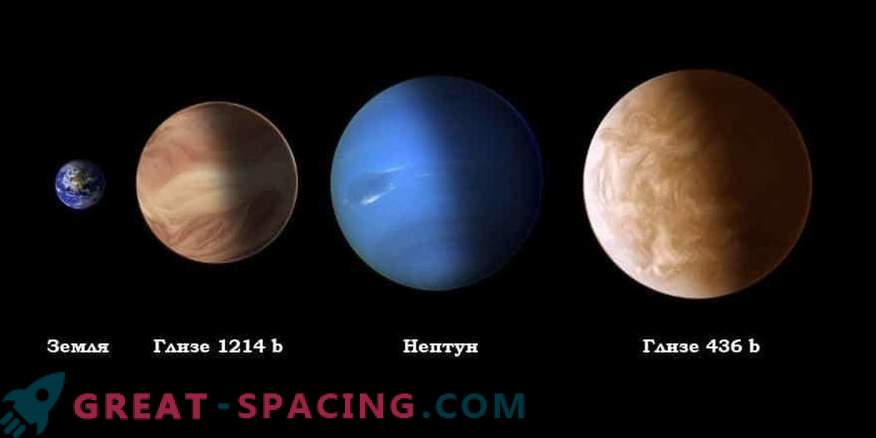
Comparative dimensions of Gliese 436 b
But this wonder does not end there. The fact is that the red dwarf constantly irradiates the planet with powerful streams of x-rays. This led to the fact that Gliese 436 b had already bid farewell to 1/10 of its atmospheric layer. But this process continues. The atmosphere is removed into outer space, forming a long tail that stretches behind the planet along its orbital path around the star. Because of this, Gliese 436 b resembles a giant comet with a tail.
It is important to understand that if the planet completely loses the atmospheric layer, it transforms into a rocky planetoid. The analysis shows that the exoplanet has squandered 0.1% of its own mass for a billion years, and the indicators continue to grow.
Interestingly, the planet’s orbit is almost polar (the inclination to the equator of the home star exceeds 85 degrees). However, this indicator is simply not consistent with the existing models of the evolution of the planetary system. In order to maintain eccentricity, another planet must rotate next to it. But while the second world could not be found.
